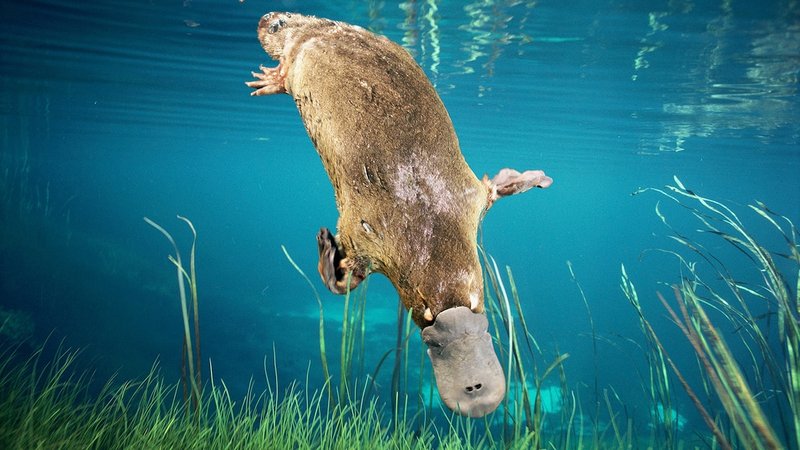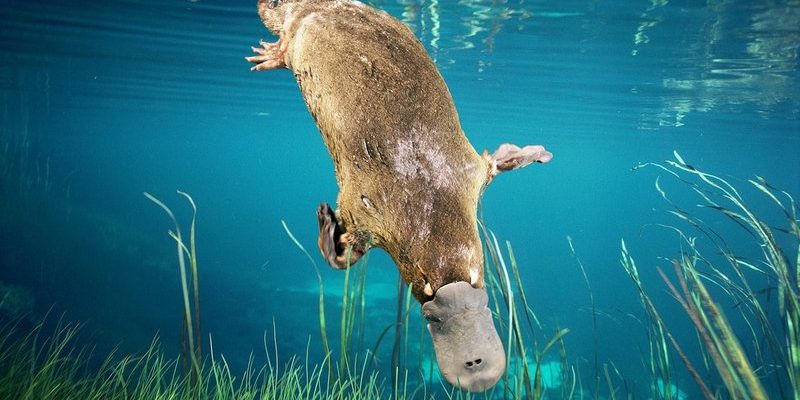
Imagine a beautifully interconnected web where every creature, big or small, has its duties. The platypus, with its somewhat bizarre form and habits, is right at the center of this web, contributing to the health of its habitat. From nutrient cycling to maintaining the food chain, this oddball animal holds a surprisingly significant position in our ecosystems. So, why does the platypus matter? Let’s break it down.
1. Who is the Platypus?
Before we get into the specifics of how the platypus contributes to its ecosystem, let’s take a moment to appreciate what it actually is. The platypus is a unique mammal native to eastern Australia, including Tasmania. It’s one of only a few monotremes, which are egg-laying mammals. That’s right—this creature lays eggs like a bird or reptile, while still being a mammal!
The platypus is generally about 50 centimeters long and weighs around 1-2.4 kilograms. Its fur is thick and waterproof, helping it stay warm in chilly waters. The bill is not just for show; it’s packed with sensory receptors that help the platypus hunt for food underwater. With all these extraordinary traits, you might wonder what kind of role this animal plays in its ecosystem.
2. Nutrient Cycling Champion
The first and perhaps one of the most vital roles of the platypus in its ecosystem is nutrient cycling. As it swims around in rivers and streams, the platypus dives for its food, which mainly includes insects, larvae, and small crustaceans. While foraging, it uproots plants from the riverbed, allowing nutrients to mix with the water.
This behavior not only helps keep the riverbed healthy but also supports other aquatic life. The nutrients released through the platypus’s foraging support plant growth, which in turn provides food and habitat for other creatures.
You might be asking, why is nutrient cycling so important? Simply put, it keeps the ecosystem thriving. Plants need nutrients to grow, and when they flourish, it creates a richer environment for all sorts of wildlife. It’s kind of like how every ingredient in your favorite dish works together to make it delicious!
3. The Food Chain Connector
Moving on, the platypus is also an essential link in the food chain. As both predator and prey, it plays a critical role in the balance of its environment. Platypuses primarily eat invertebrates, helping control their populations. Without predators like the platypus, certain species could thrive unchecked, potentially disrupting the ecological balance.
Moreover, the platypus itself serves as a food source for larger animals, such as snakes and birds of prey. This relationship illustrates how interconnected everything in nature is. When one species thrives, it can affect many others, either positively or negatively.
Think of it this way: if the platypus didn’t exist, the entire food web could shift. Other predator species might struggle to find a balance, leading to overpopulation of certain prey species. And that’s the last thing we want in nature!
4. Habitat Creation and Maintenance
Believe it or not, the platypus also contributes to habitat creation. Their burrowing behavior helps to aerate and stabilize riverbanks and stream beds. As they dig to create nests, they loosen the soil, which can encourage plant growth along the banks.
Healthy riverbanks are crucial. They prevent erosion, provide habitat for various species, and improve water quality. Think of the platypus as a little engineer of its environment, working hard to ensure the landscape is suitable for many other organisms.
Additionally, the areas where platypuses dwell often become hotspots for biodiversity. Many species rely on healthy waterways for survival, and the platypus indirectly supports them by maintaining a flourishing ecosystem.
5. Indicator Species
Another fascinating aspect of the platypus’s role is that it acts as an indicator species. This means that changes in its population can indicate the health of the ecosystem as a whole. When the platypus is thriving, it usually signals that water quality is good and that the habitat is well-maintained.
On the flip side, if platypus populations start declining, it could be a sign that something is amiss in the ecosystem—perhaps due to pollution, habitat destruction, or climate change. By monitoring platypus populations, conservationists can gain insights into the broader health of aquatic environments and work to address issues before they escalate.
Imagine it as the canary in the coal mine. Just as miners would watch for changes in the canary’s behavior to gauge air quality, scientists observe platypus populations to monitor our water ecosystems.
6. Conservation Efforts: Why They Matter
Given the platypus’s vital role in its ecosystem, knowing how to protect this species is essential. Unfortunately, they face threats from habitat loss, pollution, and climate change. Conservation efforts aim to keep their populations stable and ensure they continue to thrive in their natural habitat.
Many organizations are working to raise awareness and implement protective legislation. Habitat restoration projects and pollution control initiatives are vital to maintaining healthy platypus populations. Supporting these conservation efforts not only helps the platypus but also preserves the intricate balance of the ecosystems they inhabit.
So, here’s the thing: when we take care of the platypus, we’re actually taking care of a larger system that benefits countless other species—including humans.
7. How You Can Help
You might be wondering, “What can I do to help the platypus and its ecosystem?” Luckily, there are several ways you can contribute:
- Support Conservation Organizations: Find and donate to groups actively working to protect the platypus and its habitats.
- Reduce Water Pollution: Be mindful of what you put down the drain and support local clean-up initiatives to keep waterways clean.
- Participate in Citizen Science: Get involved in projects that monitor wildlife sightings and contribute data to help scientists track platypus populations.
- Educate Others: Share information about the platypus and its ecological importance with friends and family to raise awareness.
Every little bit helps. By taking these steps, you’re not just helping the platypus; you’re contributing to the health of the entire ecosystem.
In a nutshell, the platypus is much more than just a peculiar creature. It plays essential roles in nutrient cycling, food chains, habitat maintenance, and serves as a critical indicator of environmental health. Protecting this fascinating animal ensures the well-being of countless other species and the ecosystems they all share.
So, the next time you think about the platypus, remember that this quirky mammal is a crucial player in the natural world. By supporting conservation efforts and staying informed, you can be part of the solution to help keep this remarkable species thriving. Together, we can help protect the platypus and, ultimately, the ecosystems that benefit us all.

